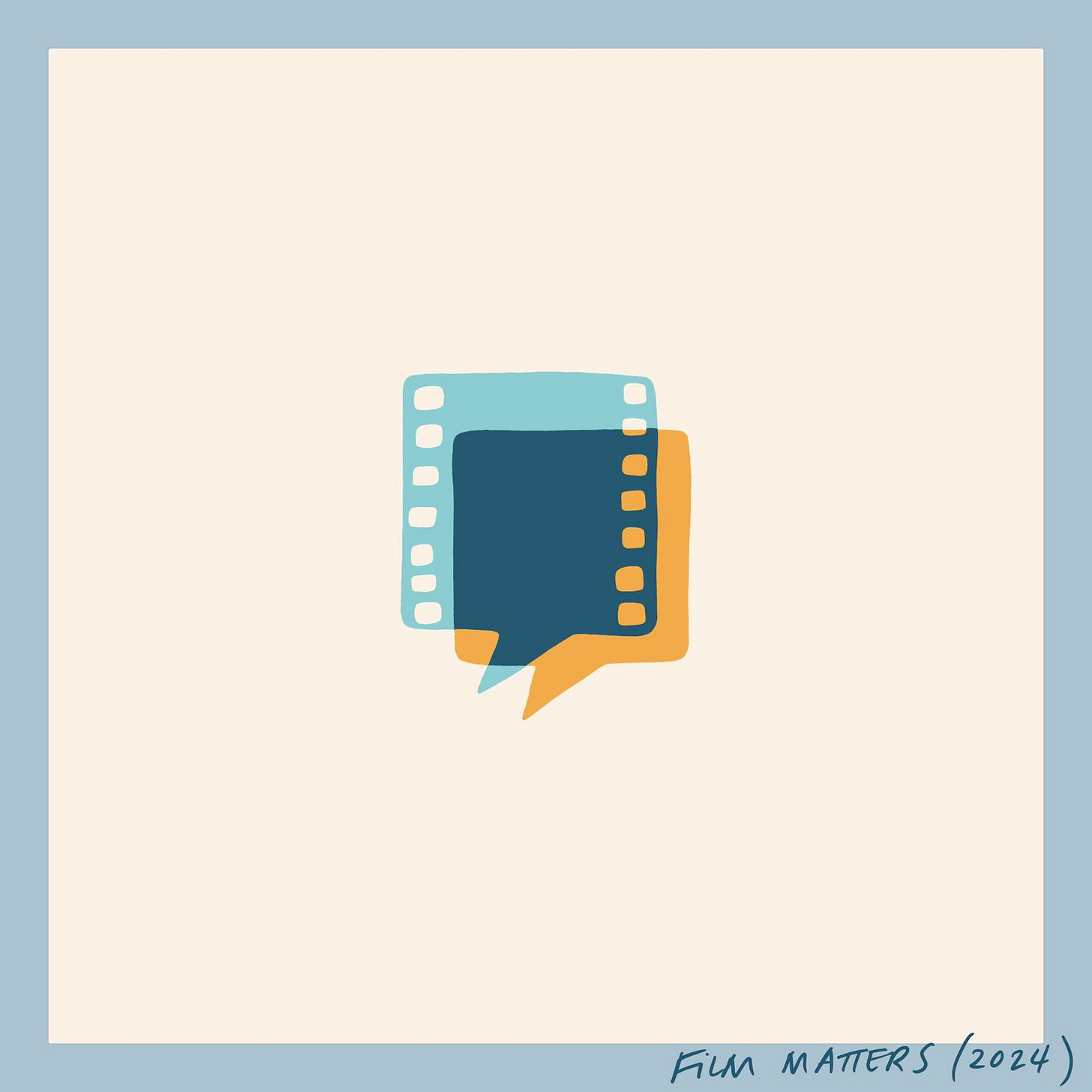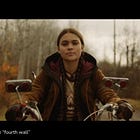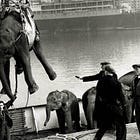One Year of Film Matters
It's been a year! Thank you to everyone who reads and supports the newsletter.
Highlights and Insights

A year ago, Film Matters began as a way to support teachers in bringing film concepts to life in the classroom. With each post, I aimed to provide insights, tools, and ideas that could be easily adapted for students of all levels. Thanks to your engagement and feedback, this project has become a resource that connects theory with practice meaningfully. As we reach this one-year milestone, I am excited to revisit some of the posts that have resonated most with readers—resources that I hope continue to inspire new approaches in teaching film.
One of the earliest posts, Thinking Beyond the Frame, invited exploration of off-screen space, not as a boundary but as a window to a larger world. Inspired by Noël Burch’s ideas on unseen elements, this concept encourages students to think of the world they create in film as something that extends beyond the frame. I shared an exercise where students could map the unseen spaces in their film or create soundscapes that enhance the narrative beyond what is visible. It is a powerful way for students to understand storytelling as something larger than what is captured by the lens.
Takeaway for the Classroom: Choose a film scene and have students map the “off-screen” spaces, identifying potential sounds or elements that could exist just out of sight. They can then create a soundscape to bring these unseen elements to life.
The Non-Original Material post tackled a frequent classroom dilemma: helping students use non-original materials in a constructive and meaningful manner. From avant-garde film’s “found footage” to archival clips, non-original materials can transcend mere aesthetics and add narrative depth. By encouraging students to be intentional with these elements, they learn to transform existing media into fresh storytelling tools.
Classroom Challenge: Assign a short film project (30-90 seconds) where students incorporate non-original material—a photo, sound, or clip—to symbolize a key theme, such as memory or deception. Emphasize that this material should carry narrative weight and purpose.
In The Zone of Interest, we examined how sound can become a narrative powerhouse. Jonathan Glazer’s meticulous use of sound in The Zone of Interest elevates the audience’s immersion into the film’s world. Sound design, often sidelined, plays a huge role in shaping students’ understanding of narrative. This post encouraged teachers to let students listen deeply, recognizing how sound, more than just an effect, can shape the story’s emotional weight.
Activity for Active Listening: Choose a film scene with distinct sound design. Have students listen without visuals, jotting down every sound they hear. Encourage discussion on how each sound informs the narrative and shapes their response.
Exploring Intertextuality dug into the concept of appropriation, where filmmakers weave existing works into new contexts, creating layers of meaning. Whether through music, visuals, or even subtle references, intertextuality enriches storytelling. This post sparked ideas on how to show students that referencing other works is not just homage; it is also a method of building connections that deepen the audience’s engagement.
Classroom Prompt: Ask students to identify intertextual references in a favorite film. Have them explore how these references shape their interpretation and create cultural connections.
Between Worlds tackled one of film’s most fascinating tricks: creative geography, a technique that stitches separate locations into a single cohesive space. This post explored how filmmakers play with spatial continuity to enhance storytelling. It is a concept that resonates with students learning to build coherent worlds in their own films.
Chase Scene Challenge: Challenge students to create a one-minute chase scene where characters pass through “connected” locations that are, in reality, separate. It is a practical way to experiment with the spatial magic of editing and world-building.
Looking Ahead
As Film Matters moves into its second year, I am grateful to all of you who have read and engaged with the posts and brought them into your classrooms. I look forward to more experiments, fresh insights, and ways to continue supporting your film journey. Here’s to another year of diving deep into film, from theory to practice, and everything in between.
If you have found Film Matters helpful, please consider sharing it with others who may benefit from these resources. If you have insights or ideas to add, I welcome your comments—they help shape future posts and foster our growing community of film educators.









